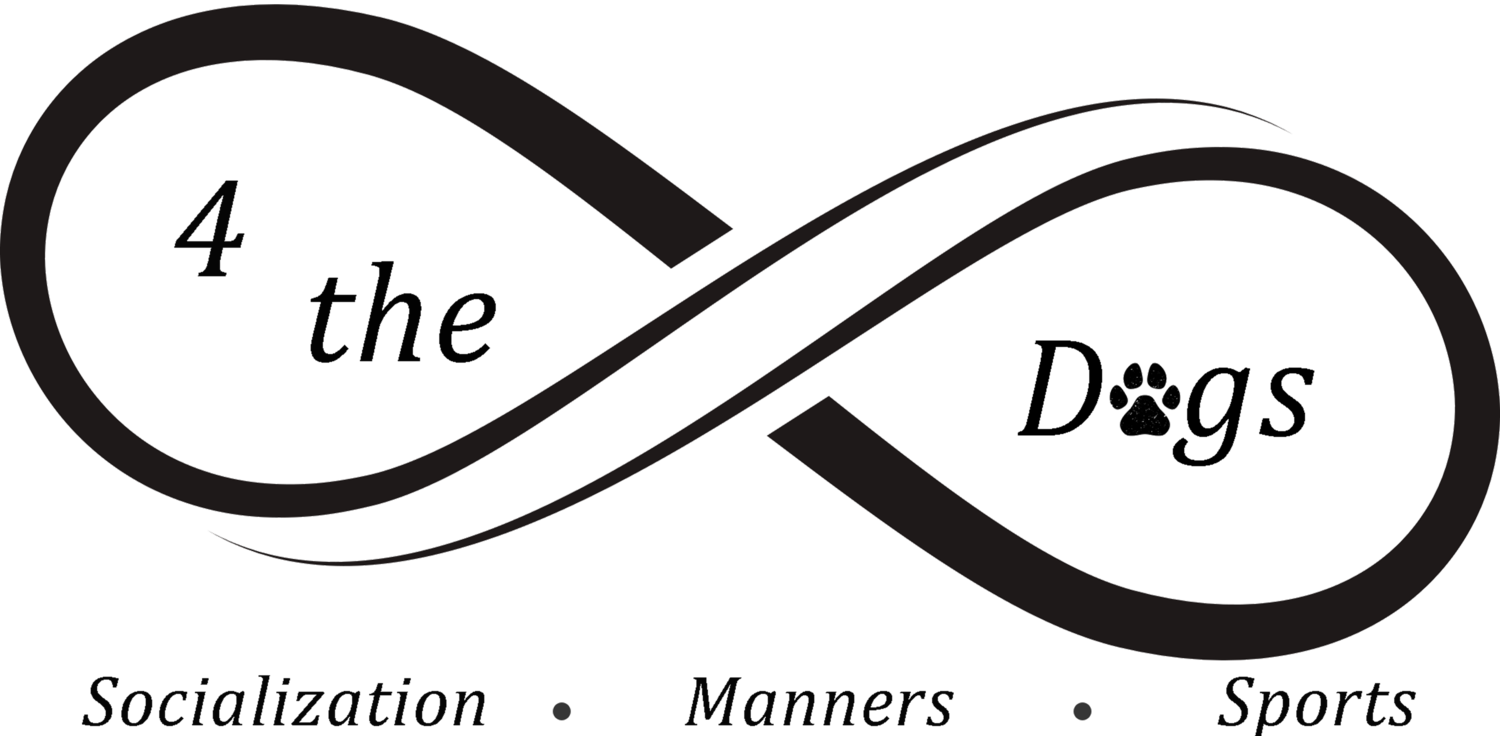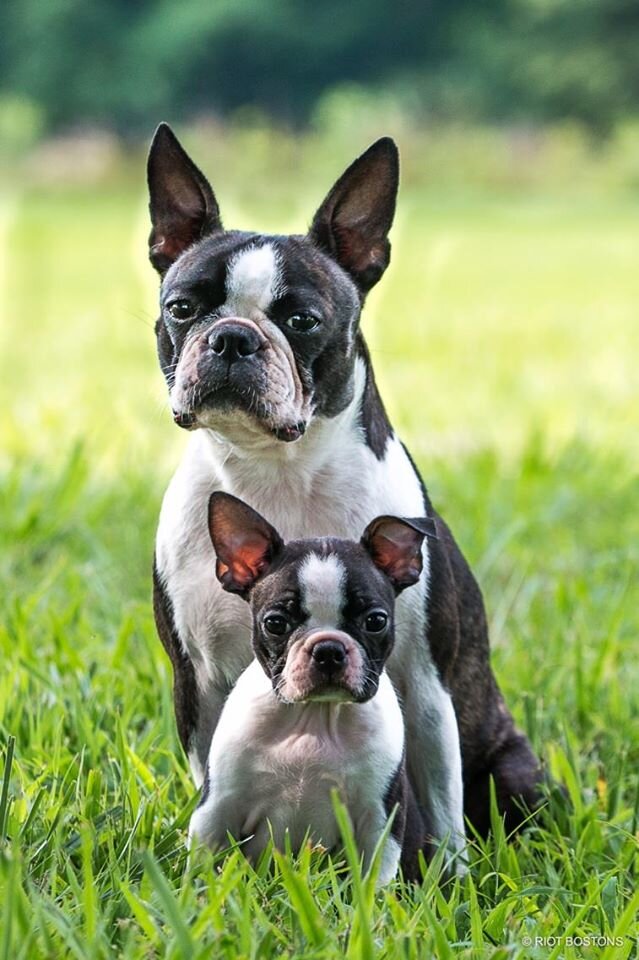If you’ve made it to this fourth and final blog congratulations!
Most dog owners understand that they want their puppies to behave well with puppies and humans when they meet. They want them to not be fearful, reactive or aggressive. We all dream of that dog who can lay at our feet while we read a book in the park or while we drink our coffee. Owners dream of hikes and walks where their dogs don’t run off after other people or dogs, don’t lunge and bark as new things approach and a dog who won’t drag them across the street to visit a new person and jump all over them. The ability to ‘exist’ in society with everyone is often the overlooked part of socialization.
This is just simply teaching the dog to ‘be’. To be able to observe. To hear, smell, watch at a ‘safe’ distance and explore their world at their own pace. I don’t coerce interactions. I reward bravery and confidence and relaxation. I reward what I want to see. This looks different on different days. One day we may go sit at a park. Just sit and watch. I usually have the puppy on a leash or in an expen. I try to stay a good distance from the busy traffic. People moving about, possibly other dogs. I just want to see my puppies relax in the environment. Sometimes I take their breakfast and let them eat in new places. Sometimes a toy. Sometimes nothing but a mat to lay on. I just want them to do their thing in a new place. Another day we might go sit in the car in the home depot parking lot and watch people walk by. We might even sit in that parking lot as I think the dog is ready for more stimulation.
Watching and dismissing or ignoring is also how I would setup socialization with other pets in the home that the puppy will not interact with. I would use barriers and reward the puppy for dismissing the other pet. Watch the cat walk by and stay calm? Get a treat. This is a simplistic version but I want the cat to be ignored as much as possible so I would setup interactions that encouraged that behavior.
I told you in a previous blog that I don’t let everyone say hi as they walk by my house or the puppy’s expen. The puppy can see that people walk by the house and them and it’s fine - nothing to react about. Again they have toys and eat out front. They hear noises and see cars but it becomes a part of life and nothing to worry about.
I reward calm behavior and focus to me in the presence of new things or things that might concern them. On days they are upset or concerned we will create space for them from whatever bothers them or we will just go home, I will think of how to set it up better the next time. Just because you plan an outing if it’s too much give the puppy more space or it’s okay to just scrap that outing and try again. I once took puppies on an adventure and it was far more busy than I expected. There were some dogs in the area that seemed a bit too excited when I got out and I didn’t want the puppies to feed off their energy so I just packed up and went somewhere else. If I didn’t have another option I would have just come home.
We go to a farm. We may travel near live stock pens some days. Puppies get to walk on and investigate many surfaces (mud, sand, pine straw, tarps, fallen tree branches, etc). They can hear noises from the farm like loud engines and animals without being scared because there is no ‘danger’ to them.
Since the farm property is fenced so they are able to run free if I choose - if it wasn’t a long line would be an appropriate substitute. This really depends on how much I think the puppy is ready to make reasonably good choices. Sometimes I keep puppies on leash because I have an agenda of what I would like the to explore. When they are off leash they are in charge of where we go and what we see. Bugs, pine cones, sticks, whatever they want to explore, they explore. I reward check-ins with treats if they happen but I use this space primarily to allow the puppies or adult dogs to decompress on their own time. Allowing them (and me) this time to breathe without the pressure of people and social interactions allows us to refresh, rejuvenate and be ready for the next interactions that may be more social.
Set your puppy up to be successful in whatever you are doing. Build their confidence. Allow them to explore and recover from new things. If they become scared it is okay to reassure them. Tell them it will be okay and give them more space and/or time if you think the challenge is something they can reasonably work out. It is also important to know the typical personality of your breed (or the majority breed in a mixed breed) and understand how that might play into socialization. Golden Retrievers are historically an exuberant and friendly breed. A Belgian Malinois bred to be confident and bonded primarily to their human partner. You shouldn’t expect these puppies to act the same as adults and they will need other things during their socialization periods . You many have to work more on the Golden seeing people or dogs and remaining calm at a distance where the Malinois puppy you may work on more positive interactions of neutral people who approach, do not interact with the puppy but perhaps might with the owner and leaves because the Malinois does not have the same desire to be outgoing with new people as a Golden might.
The quality of your socialization sessions matter much more than the quantity. Plan out your sessions. Know what you are hoping to achieve with each interaction or outing. Responsible breeders should have started this process for you. Puppies from rescues and older dogs can begin this process once you get them. The process may take longer with an older dog but planned, safe social interaction with humans and other dogs will help teach your dog confidence and about how they fit into their new world.
If you need help, ask a trainer to help you with a socialization plan.
























